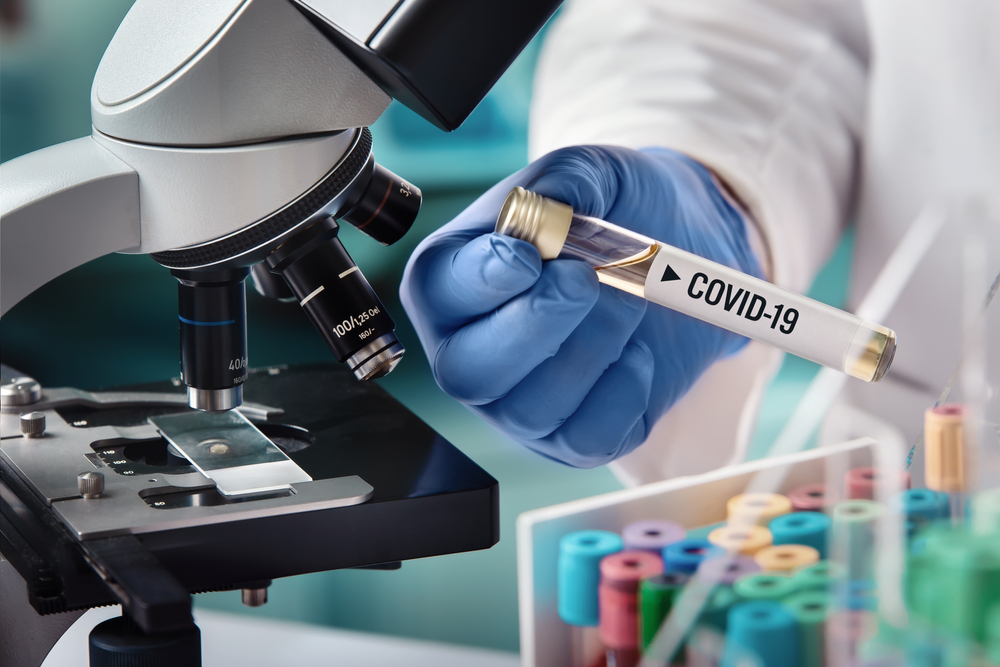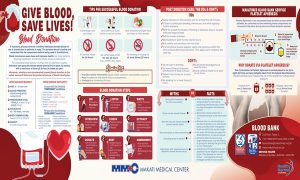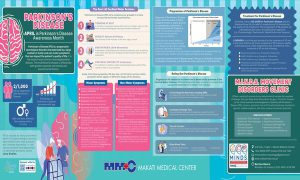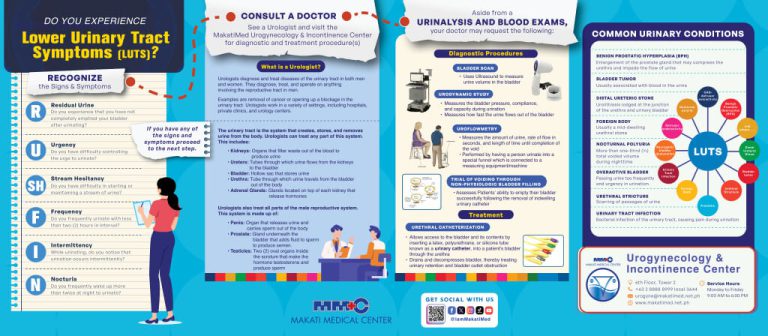
A few months into the pandemic, pharmaceutical companies promised to develop a vaccine to slow and eventually stop the spread of COVID-19. Almost a year into this health crisis, the different vaccines are now being rolled out, offering various levels of efficacy.
The frontrunners of the pack are arguably the two (2) mRNA vaccines developed by Pfizer-BioNTech (95% efficacy rate) and Moderna (95.6% efficacy rate). Countries worldwide are also keeping their eyes peeled for the vaccines made by Oxford-AstraZeneca, Janssen, Novavax, Sputnik V, and Sinovac.
With these many vaccine options, it is essential to know that not all pharma companies use the same methods in concocting a safe vaccine to use. This is why they have different price points, storage facility requirements, and dosages.
Types of Vaccine Technologies Used Against COVID-19
To better understand the different vaccines that will roll out this year, here is an explainer on the vaccine technologies that pharma companies used to achieve a remarkable feat—stop the spread of infectious diseases like COVID-19 in record time.
-
Viral vector vaccines
Scientists have been using the viral vector method in vaccines as early as the 1970s. This technology uses a weakened version of a live virus, different from the one that causes COVID-19 and genetically modified to be non-infectious.
As it enters our cells, it produces a harmless piece of virus that mimics SARS-CoV-2, called a spike protein. Once the body recognizes that the spike protein should not be there, it triggers an immune system response and produces antibodies to kill what it now acknowledges as an infection.
The significant advantage of this technology is that other vaccines for other diseases have been made from it, like Ebola, Zika, and the flu. They are also well-tolerated in humans and usually provokes a strong immune response; however, they are relatively complex to manufacture.
Oxford-AstraZeneca and Johnson & Johnson’s Janssen Pharmaceuticals are two COVID-19 vaccines that use viral vectors.
-
mRNA vaccines
Many people mistake mRNA for DNA or DNA-altering vaccines, which is certainly not the case.
As its name suggests, this vaccine technology places a viral sequence to the messenger RNA, a molecule that our cells use to carry DNA instructions to build protein. This means it does not contain a live virus, only its genetic code. This should be enough for the immune system to recognize a foreign invader in the body.
Then, like the viral vector method, once the messenger RNA delivers the instructions to the cells to build a spike protein, the body will produce an immune response and build immunity to SARS-CoV-2.
Even though both vaccines developed by Pfizer-BioNTech and Moderna are the first mRNA vaccines to be approved, scientists have been studying mRNA technology for a long time now in the hopes of possibly curing cancer. This is why it took them only ten (10) months to develop a vaccine—knowing the virus’s genetic sequence was enough to know how to trigger an immune response.
A disadvantage to the mRNA vaccine is that there are no known long-term effects for those who take it as it is still a relatively new technology. However, they have produced high efficacy rates and are rated safe by the Food and Drug Administration (FDA), passing the minimum standard of three clinical trial stages. Studies have also shown that they are more stable in building a long-term immune response in patients.
-
DNA vaccines
The similarity between DNA and mRNA vaccines is that both trigger an immune response in the body—using a spike protein through the instructions the human cells receive. However, instead of using the messenger RNA, this type of technology deals with injecting a DNA fragment directly into human cells.
The DNA fragment belongs to the DNA sequence of the virus. The vaccine will introduce the tissues of a plasmid containing the antigen’s DNA, subsequently triggering the body to attack this foreign molecule, just like how it would against any other infection.
There is still no FDA-approved COVID-19 DNA vaccine for emergency use, but several pharmaceutical companies worldwide are trying their hand in unlocking this innovation in vaccine technology.
-
Protein-based subunit vaccines
Protein-based subunit vaccines use purified parts of the pathogen responsible for the virus, meaning that they are incapable of causing COVID-19. However, they can still stimulate an immune response to the host. This is another well-established vaccine technology that is already relatively stable.
One of its advantages is its suitability to immunocompromised recipients as it does not contain live components. This means there are virtually zero risks of the vaccine causing a disease. However, it takes longer to manufacture since determining the best combination for the specific isolated proteins from viral or bacterial pathogens can take a while.
Novavax is a frontrunner in the protein-based subunit vaccine category, and Phase 3 of its trials will begin soon.
The Road to Immunization
It is wise to know your options regarding the vaccines available for COVID-19, especially now that the country has plans to procure several types from different brands. Understanding how the vaccines work will also give citizens peace of mind, as there is finally a light at the end of the tunnel: immunization and a long-term solution to the pandemic.
For health concerns regarding COVID-19 and other infectious diseases, do not hesitate to reach out to Makati Medical Center for immediate diagnosis, management, or treatment.










